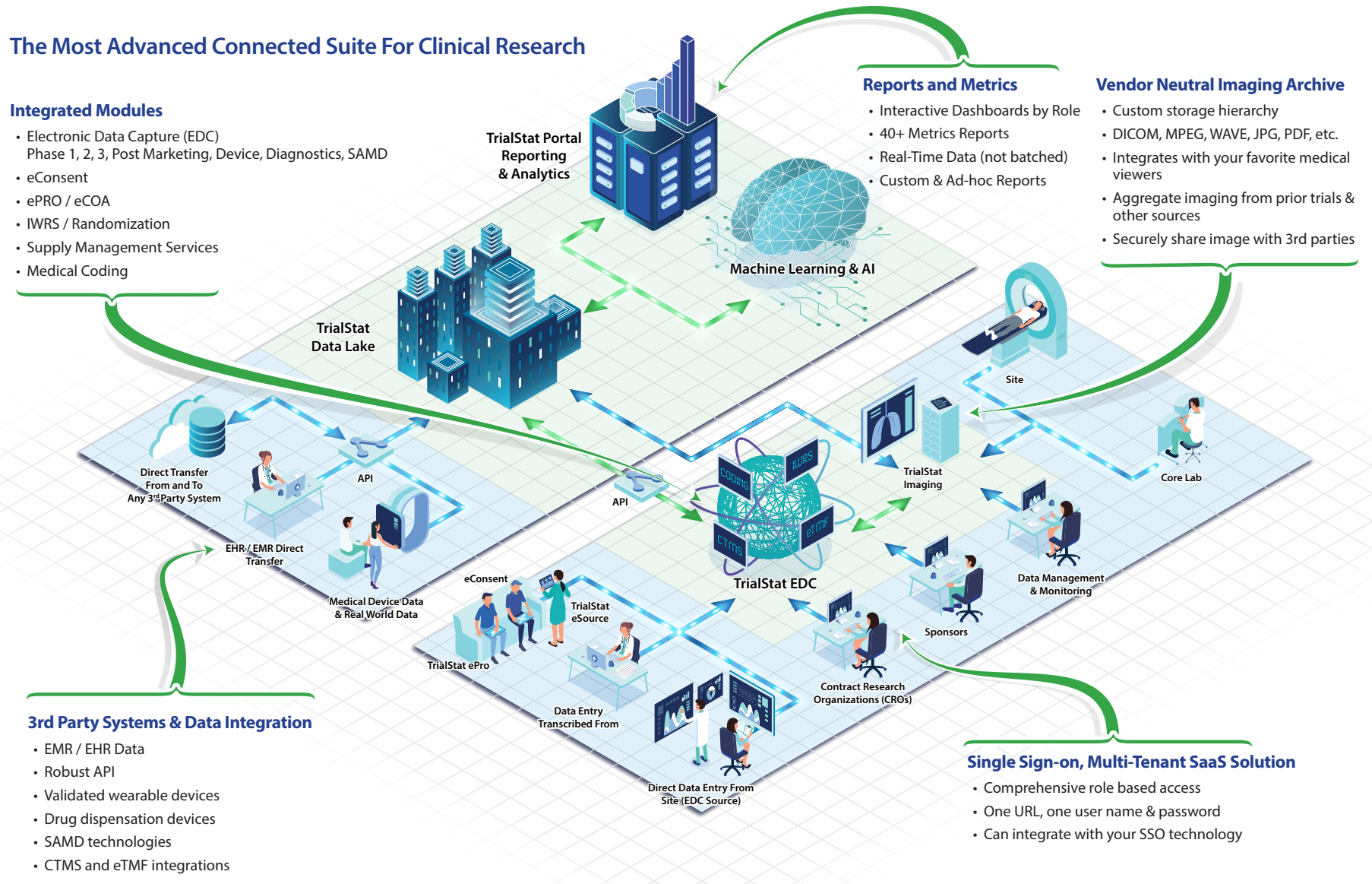CymaBay Therapeutics Presents Positive Final Results From 52-Week Phase 2 Study in Primary Biliary Cholangitis at The Digital International Liver Congress™ 2020
Excerpt from the Press Release:
NEWARK, Calif., Aug. 27, 2020 (GLOBE NEWSWIRE) — CymaBay Therapeutics, Inc. (NASDAQ: CBAY), a biopharmaceutical company focused on developing and providing access to innovative therapies for patients with liver and other chronic diseases, today announced final results from a previously completed open-label Phase 2 study of seladelpar in patients with primary biliary cholangitis (PBC). These data will be made available as an electronic presentation through the Digital International Liver Congress™ 2020 of the European Association for the Study of Liver (EASL) which will be held online August 27th – 29th and were selected for inclusion in the “Best of ILC” presentation.
The presentation titled “Durability of treatment response after 1 year of therapy with seladelpar in patients with primary biliary cholangitis (PBC): final results of an international phase 2 study,” was delivered by Dr. Cynthia Levy, MD, Professor of Medicine, University of Miami. This electronic presentation highlights the efficacy, safety, and tolerability of seladelpar over 1 year of open-label treatment. Eligible PBC patients with either an inadequate response (alkaline phosphatase [ALP] ≥1.67 x upper limit of normal [ULN]) or intolerance to ursodeoxycholic acid (UDCA) were either sequentially assigned or randomized to daily seladelpar at 2 mg, 5/10 mg (initial 5 mg with an option to adjust to 10 mg) or 10 mg groups and treated for 1 year. At 1 year, the mean decreases in ALP were 41% and 45% in the 5/10 mg and 10 mg groups, respectively. A key secondary endpoint was the composite responder rate measured at 1 year and defined as a patient with ALP <1.67 x ULN, ≥ 15% decrease in ALP, and total bilirubin ≤ULN. At 1 year, 55% and 69% of patients met the composite responder endpoint in the 5/10 mg and 10 mg groups, respectively. Mean decreases in ALT, AST, and GGT were observed in all treatment groups. Normalization of ALP levels at 1 year occurred in 14% and 33% in the 5/10 mg and 10 mg, respectively. Pruritus was evaluated at baseline through 1 year for patients in the 5/10 mg and 10 mg groups using visual analogue scale (VAS: 0-100), 5D-itch scale (5 domains: 1-5 each) and PBC-40 questionnaires. Substantial improvement in pruritus (VAS ≥20-point decrease) at 1 year in patients with moderate to severe pruritus (VAS ≥40 at baseline) was seen in 58% and 93% of patients in the 5/10 mg and 10 mg groups, respectively. Seladelpar in doses up to 10 mg appeared safe and well-tolerated in patients with and without cirrhosis. Of the 119 patients that received at least one dose of seladelpar, 14 serious adverse events were documented and none were related to seladelpar. Four patients discontinued the study due to an adverse event. Nine patients had liver biopsies performed during the long-term study after treatment with seladelpar ranging from 15 – 33 months. Post-treatment liver biopsy findings were consistent with expected features of PBC.
Click the button below to read the Press Release:
Discover What Sets TrialStat Apart From Ordinary EDC Platforms
Click the image or button below to explore our eClinical Suite Platform and discover what sets TrialStat apart from competing EDC platforms.
Request Your Demo Today!
From rapid database build through database lock, we deliver consistent quality on-time and on-budget. Ready to upgrade your eClinical toolkit?

